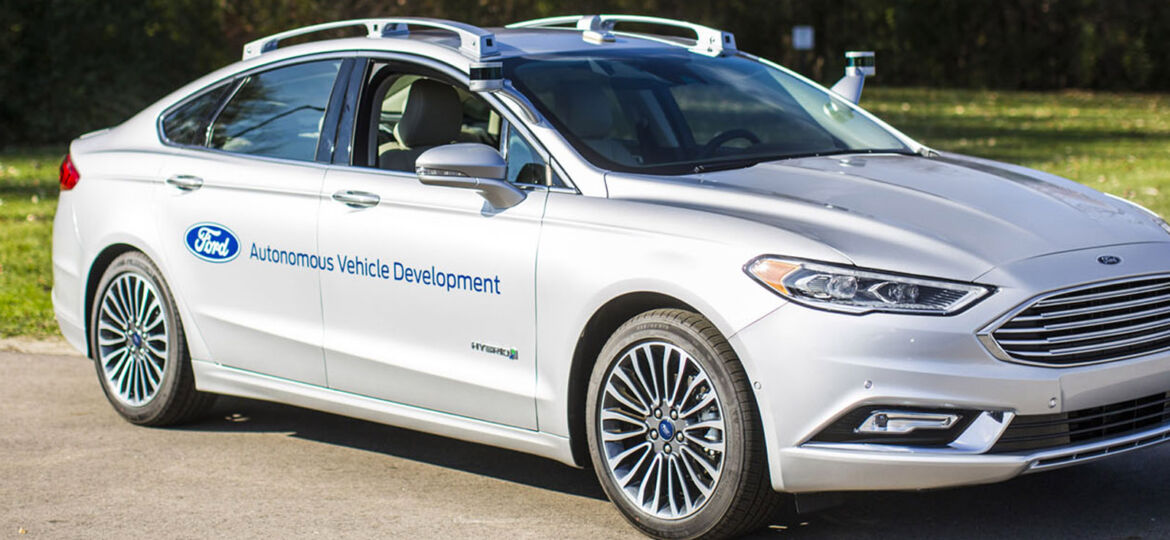
WHY THIS MATTERS IN BRIEF
- Most of us can spot a self-driving car from a mile off because of the huge, bulky sensor arrays strapped to their rooves, but as s
Ford has pulled the wraps off of its second-generation driverless Fusion Hybrid just one week before the company is scheduled to show the car off at the Consumer Electronics Show in Las Vegas. The most notable difference with the new generation is cosmetic — Ford has ditched the pipe organ-style suite of sensors on the roof in favour of a more streamlined look. Ford’s first autonomous car was undeniably alien, but from most angles the new version could easily be mistaken for just another car.
In addition to the new car, Ford also says it plans to triple its fleet of driverless Fusion sedans to about 90 cars in the coming year. The company is already testing its original autonomous car in California, Arizona, and Michigan, and plans to expand those tests to Europe — starting with the United Kingdom and Germany.
Ford says that the improvements it has made to the project, which started three years ago, should keep it on track to hit the company’s target of creating a fully autonomous car that can be used by ride-sharing or ride-hailing services by 2021.
Chris Brewer, the chief engineer for Ford’s autonomous vehicle program, detailed the tech behind the new computer-controlled car in a post on Medium. Brewer says his team upgraded both the hardware and the software on the new driverless Fusion, allowing this version of the car to “see” two football fields of distance in every direction. Ford’s second-generation autonomous car will also generate one terabyte of data per hour, and that data is processed by the car’s brain, which is located in the trunk.
The revamped driverless Fusion is a clear result of a number of investments and acquisitions that Ford made around the time the company announced its intentions to create a fully autonomous car by 2021. Brewer says that one reason Ford was able to streamline the look of the new car is that the new LIDAR sensors from Velodyne — which Ford and Chinese web giant Baidu invested $150 million in — have improved enough that Ford can get as much data using two of them as they used to with four.
















